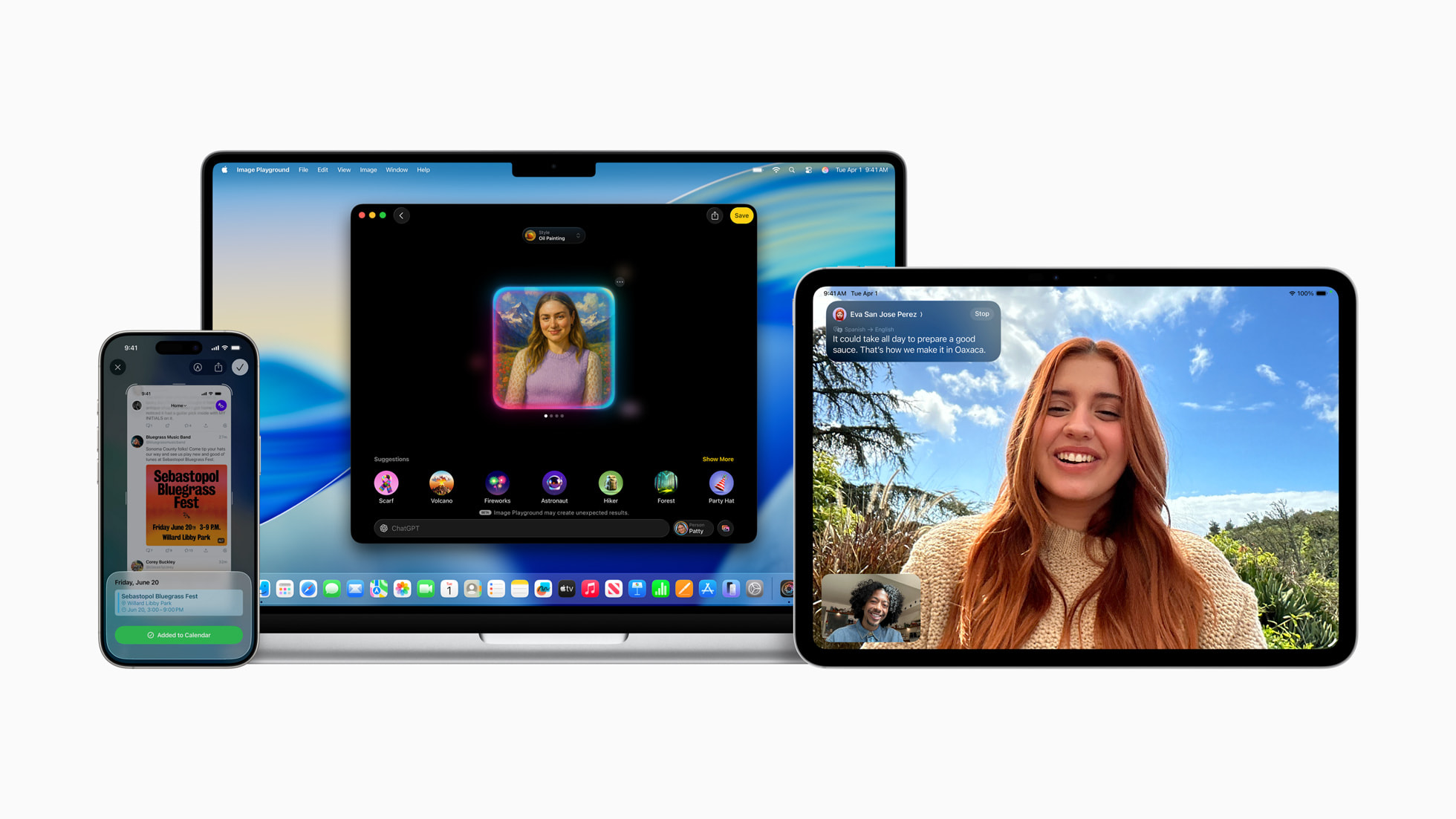The Silent Shift: How Apple is Making AI Ubiquitous and Private
At Apple’s WWDC 2025 event, amid all the flashy updates to iOS and Apple Intelligence, one quietly groundbreaking announcement flew slightly under the radar: Apple is now giving third-party apps direct access to its on-device large language model. This means any app, not just those developed by Apple, can now use generative AI features without needing to send data to the cloud.
That may not sound revolutionary at first, but it is. This is one of the most significant leaps in mobile AI integration we’ve seen in years. It fundamentally changes the way developers can build apps and how users will experience artificial intelligence on iPhones and iPads. More importantly, it puts pressure on Android, and Google, to catch up before they fall too far behind.
Apple Just Made AI Invisible, Ubiquitous, and Private
With the new Foundation Models framework, Apple is essentially giving every developer on iOS the keys to its powerful large language model. Even better, they don’t need a server, an API key, or an internet connection to use it. Just a few lines of Swift code, and suddenly their app can understand natural language, generate content, or even call tools contextually, all on-device.
This means users can expect AI-powered features like summarization, rewording, question generation, or intelligent search to start showing up in everyday apps, whether they’re studying, planning a hike, managing tasks, or journaling. And since it all runs locally, the experience will be faster, more battery-efficient, and more private than relying on the cloud.
Privacy Isn’t Just a Buzzword, It’s the Foundation
One of the most compelling parts of Apple’s approach is how well it aligns with its long-standing emphasis on user privacy. Because the AI model runs directly on the device, personal data never needs to leave the user’s phone. There’s no need to upload sensitive notes, emails, or messages to external servers just to get smart suggestions or summaries. That’s a massive win for anyone concerned about how AI might compromise their data security.
For developers, this also removes a lot of legal and logistical friction. They no longer need to build backend infrastructure to power AI features, nor do they have to worry as much about compliance with data protection regulations, Apple handles the heavy lifting.
Android Had a Head Start, But Apple May Have Leapfrogged It

To be fair, Google has not been sitting idle. Its Gemini Nano model has been integrated into Android, starting with the Pixel 8 Pro, and it offers similar on-device AI capabilities. However, Apple’s implementation appears to be far more developer-friendly, consistent, and widespread, at least based on what we’ve seen so far.
Right now, Google’s on-device AI only works on select high-end phones. Developers must navigate complex APIs and hardware limitations to implement them. In contrast, Apple is bringing this AI capability to a broader base of devices and making it usable with a much simpler developer workflow. That matters because simplicity and accessibility always drive faster adoption.
If Google wants Android to remain the leading platform for innovation, it needs to broaden access to Gemini Nano or similar models, and it needs to do so with a similar level of polish and privacy. It cannot afford to limit its most advanced AI features to just a small slice of premium Pixel users.
AI Should Be a Platform Feature, Not a Perk
What Apple is signalling here is clear: AI is no longer a flashy bonus feature; it’s becoming a baseline expectation. Just like multi-touch, Face ID, or dark mode, smart AI behaviour is going to be something users expect to work everywhere, across all their apps, instantly, securely, and invisibly.
That can only happen if the tools are easy to access and run locally, and if the platform itself makes them feel native and seamless. Apple has now made that vision a reality for iOS. Android should be doing the same.
If Android doesn’t respond with its own cohesive, privacy-conscious, and developer-friendly solution, it risks falling behind in the very area it has traditionally led: openness, innovation, and adaptability.
What Comes Next?
With this change, we’re about to see a flood of smarter, more helpful apps across iOS. These apps will be able to understand users more naturally, offer intelligent suggestions, and work offline, all while keeping sensitive data safe.
This is a turning point. And it’s not just about Apple vs. Google. It’s about reshaping what users expect from their devices in the age of everyday AI. Apple has raised the bar. Now, it’s up to Android to meet, or exceed, it.
If they don’t, the next generation of app innovation may just belong to iOS.





